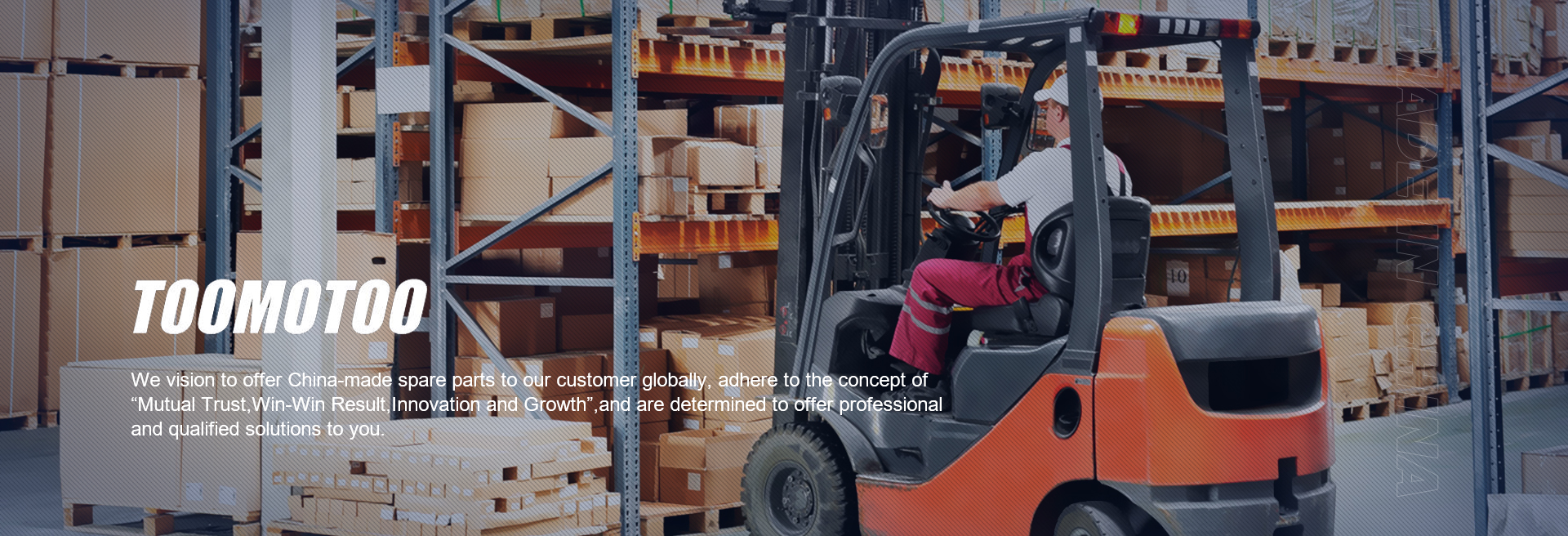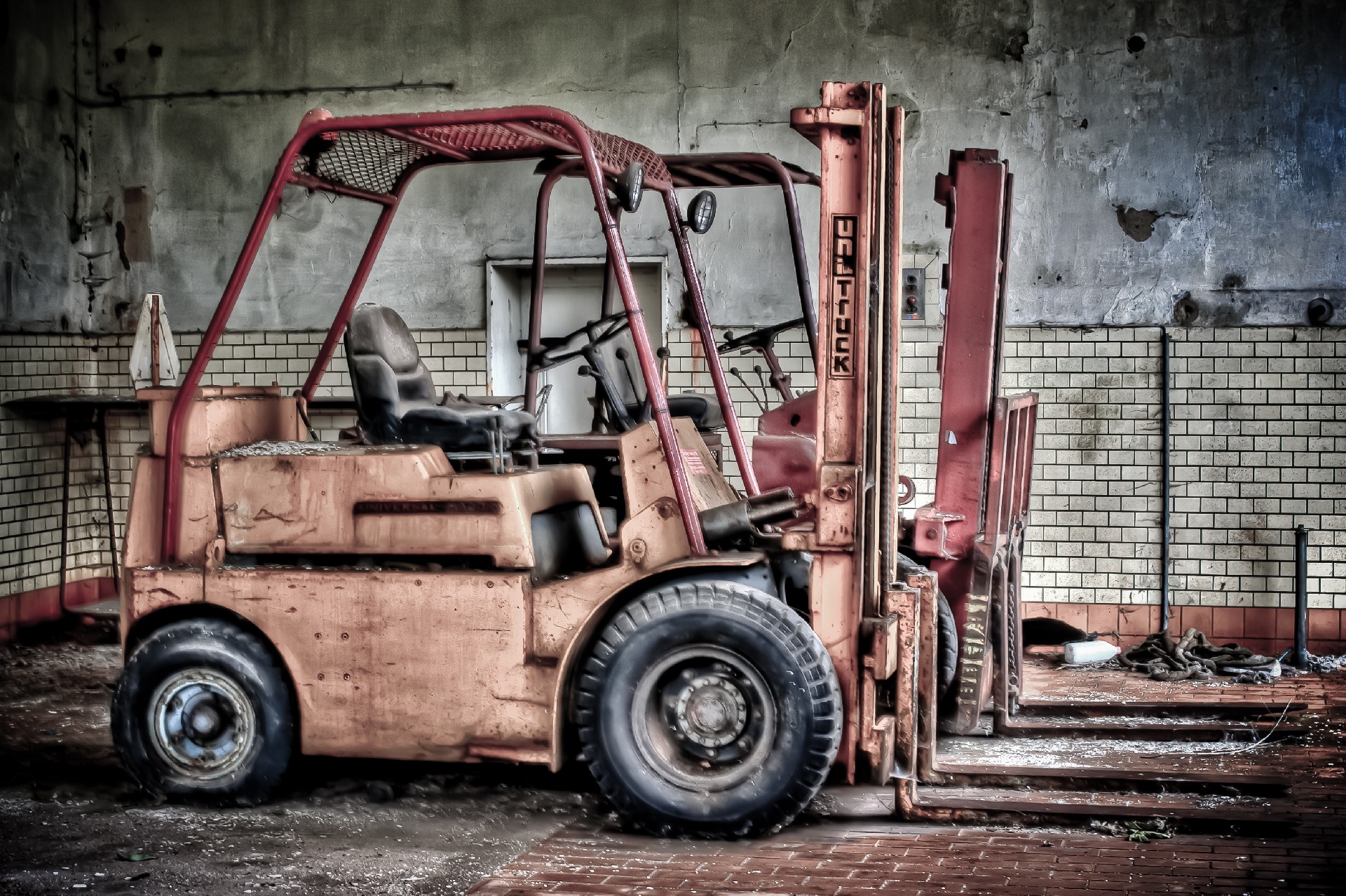
Time: 2024-02-01
Source: TOOMOTOO
Author: TOOMOTOO
Click: 441 times
1. Application of corrosion resistance and anti-corrosion technology of domestic forklifts
The protection design, anti-corrosion technology and process level of domestic forklifts are relatively low. The fullness, smoothness, glossiness and adhesion of the paint layers of most domestic forklifts are low; the quality of coatings and conversion films is poor, especially parts in heavy corrosive environments (acid mist, high temperature, etc.) have poor corrosion resistance. Direct manifestations include the appearance of rust stains, bubbling, peeling, discoloration, and loss of gloss of the paint layer after a period of use, decreased cleanliness of the fuel tank, and deformation of non-metallic parts. Compared with brand forklifts manufactured by foreign or domestic joint ventures, the shape, materials and processes of domestic forklifts directly affect the quality of the product.
At present, Heli Forklift and Hangzhou Forklift account for a large proportion of the domestic forklift market and are technically leading in the country. The appearance quality of the forklifts of these two brands has improved significantly in the past two years, and the anti-corrosion technologies and application status adopted are representative to a certain extent. Based on its improvement situation and implementation results, we concluded that to improve the anti-corrosion performance of forklifts, comprehensive measures must be taken from all aspects of structural planning and manufacturing processes to achieve the best results.

2.Avoid corrosion from the structural planning of forklifts
(1) Consider avoiding the accumulation of corrosive media in the overall placement of the forklift. Try to avoid closing areas, or keep closed systems with good ventilation and drainage, such as considering the ventilation and heat dissipation of the entire internal combustion forklift truck. The exhaust gas generated by the engine should be discharged from the lower part of the counterweight as much as possible or discharged upward from the upper part of the counterweight through purification and cooling. For battery forklifts such as reach-type forklifts, ventilation windows can be installed to maintain heat dissipation and ventilation of the motor. Leak holes and liquid accumulation traps should be installed at the bottom of the battery box.
(2) Pay attention to protection in appearance design to avoid accumulation of water vapor and dust. Advanced foreign forklifts attach great importance to styling design, such as Linde, HYSTER, TOYOTA, JUNGHEINRICH and other brand forklifts. Their sleek shapes not only reflect aesthetics and functional design, but are not prone to water and dirt accumulation. They are worth learning.
(3) Pay attention to the maintenance of exposed parts. Electrical equipment and connectors are placed inside, or a protective cover is added. Dust covers should be installed on parts of the vehicle that are prone to corrosion and water intrusion. For example, the exposed sections of the piston rods of the tilt hydraulic cylinder and steering hydraulic cylinder are equipped with dust boots; many exposed process holes or functional holes on the vehicle body are equipped with waterproof plugs.
(4) When designing parts, consider their uniform corrosion and select one or several combined anti-corrosion methods. Commonly used protection methods for forklifts include coating, electroplating, conversion coating, and anti-rust oil and grease. Different processes have different corrosion resistance functions. For example, Hangzhou H-series forklifts used to have many pins, shafts, bolts, and brackets with blackened surfaces, and many exposed surfaces such as hydraulic cylinder heads were not treated, causing the forklifts to rust before they left the factory. By improving the surface treatment requirements, improving the rationality of parts design, and effectively standardizing the surface treatment process, the appearance quality and corrosion resistance of the product have been improved.

When choosing coating for anti-corrosion, it is necessary to clearly understand the characteristics and quality objectives of the paint coating. For example, the coating of car body structural parts focuses on decoration and corrosion resistance; the coating of front and rear axles, etc. focuses on protective properties; the coating of battery boxes focuses on acid resistance; the coating of exhaust pipes, etc. focuses on heat resistance. The use of metal plating must be demonstrated in accordance with GB/T13911-1992 "Metal Plating and Chemical Treatment Instructions". The coating requirements of threaded fasteners are determined according to the GB5267-1985 "Electroplating of Threaded Fasteners" specification. Generally, a zinc plating layer of 7 to 10 μm can be used to achieve better protection. For parts in heavy corrosion environments, use a zinc plating layer of 20 to 25 μm. Pay attention to the post-processing of the metal plating and the color of the post-processing to avoid causing color turbidity and affecting the appearance of the whole machine.
(5) Pay attention to avoid crevice corrosion, electrochemical corrosion, and stress corrosion cracking. Use sealant to close unavoidable gap structures such as engine hood tailor-welded gaps. When connecting dissimilar metals, metals with similar potentials should be used as much as possible, or insulation measures should be taken to prevent electrochemical corrosion.
(6) The structure of the parts should facilitate the implementation of the protective process, and process holes should be opened when necessary. For example, the position of the opening on the fuel tank should be conducive to the spray gun nozzle covering the entire surface for shot peening. Process holes should be opened for chemically pre-treated workpieces such as top guards to avoid liquid accumulation.
(7) Consider using corrosion-resistant materials with excellent performance, such as galvanized sheets, color rolled sheets, composite materials, and engineering plastics. FRP has the characteristics of good craftsmanship, high specific strength and low cost. When used with thermal insulation pads, it can achieve a certain effect of heat insulation and noise reduction.
<< Previous page
Next page >>
LINKS:
Harber Metal